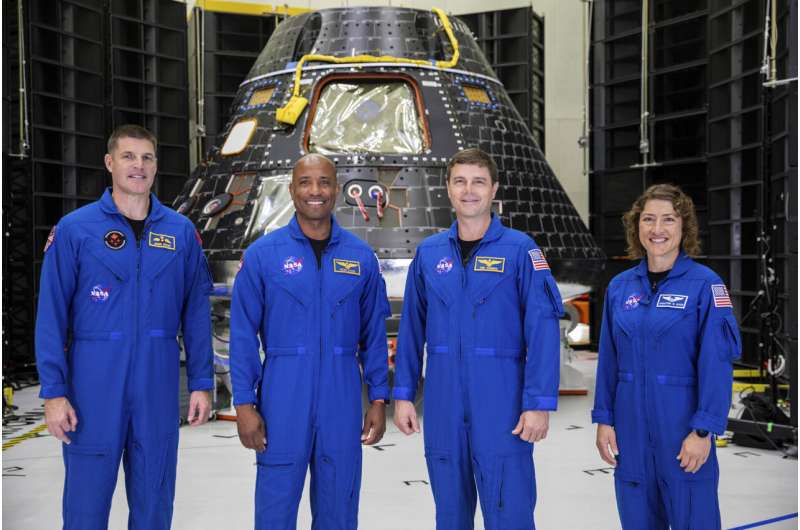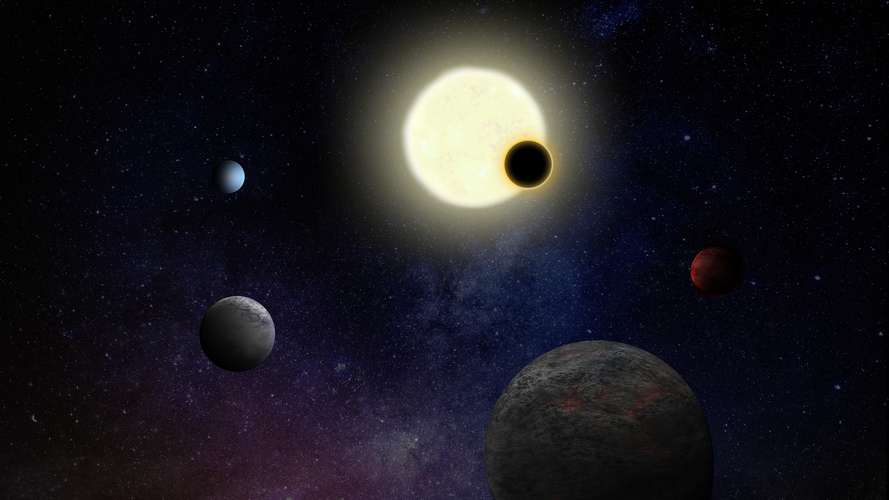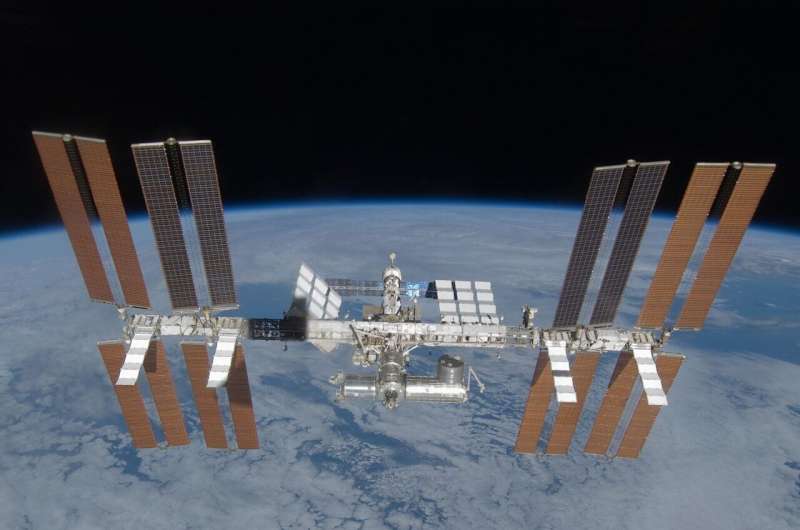
Copernical Team
A frosty anniversary weekend for Curiosity: Sols 3909-3911
 Earth planning date: Friday August 4, 2023: We're planning a special weekend today - Saturday is the 11th (Earth) anniversary of Curiosity's landing! I was newly graduated from high school when I watched Curiosity touch down, and it still seems surreal sometimes that I get to be part of a mission I followed with such fascination back then.
We have an exciting anniversary (or 'landiversary'
Earth planning date: Friday August 4, 2023: We're planning a special weekend today - Saturday is the 11th (Earth) anniversary of Curiosity's landing! I was newly graduated from high school when I watched Curiosity touch down, and it still seems surreal sometimes that I get to be part of a mission I followed with such fascination back then.
We have an exciting anniversary (or 'landiversary' Rocket Lab inks new deal to launch HASTE mission from Virginia
 Rocket Lab USA, Inc. (Nasdaq: RKLB) has signed a new launch services agreement with a confidential customer for a HASTE (Hypersonic Accelerator Suborbital Test Electron) mission from Launch Complex 2 at Virginia's Mid-Atlantic Regional Spaceport within NASA's Wallops Flight Facility in 2024.
The contract signing with a new customer came just days after Rocket Lab successfully launched the
Rocket Lab USA, Inc. (Nasdaq: RKLB) has signed a new launch services agreement with a confidential customer for a HASTE (Hypersonic Accelerator Suborbital Test Electron) mission from Launch Complex 2 at Virginia's Mid-Atlantic Regional Spaceport within NASA's Wallops Flight Facility in 2024.
The contract signing with a new customer came just days after Rocket Lab successfully launched the Advanced Space selected for two NASA SBIR Phase I Awards
 Advanced Space LLC., a leading space tech solutions company, is pleased to announce that NASA has selected two of our new Phase I concepts under the Small Business Innovation Research (SBIR) program.
The first project, won under the Flight Dynamics and Navigation Technologies subtopic, will support NASA's future efforts to design spacecraft trajectories for vehicles flying in cislunar spac
Advanced Space LLC., a leading space tech solutions company, is pleased to announce that NASA has selected two of our new Phase I concepts under the Small Business Innovation Research (SBIR) program.
The first project, won under the Flight Dynamics and Navigation Technologies subtopic, will support NASA's future efforts to design spacecraft trajectories for vehicles flying in cislunar spac Before the vacuum
 Image:
Before the vacuum
Image:
Before the vacuum Astronauts get first look at the spacecraft that will fly them around the moon

Exoplanet surveyor Ariel passes major milestone

Ariel, ESA’s next-generation mission to observe the chemical makeup of distant exoplanets, has passed a major milestone after successfully completing its payload Preliminary Design Review (PDR).
The Universe in a box: preparing for Euclid’s survey
 Video:
00:03:31
Video:
00:03:31
ESA’s Euclid mission will create a 3D-map of the Universe that scientists will use to measure the properties of dark energy and dark matter and uncover the nature of these mysterious components. The map will contain a vast amount of data, it will cover more than a third of the sky and its third dimension will represent time spanning 10 billion years of cosmic history.
But dealing with the huge and detailed set of novel data that Euclid observations will produce is not an easy task. To prepare for this, scientists in the Euclid Consortium have
Chemical contamination on International Space Station is out of this world, study shows

Concentrations of potentially harmful chemical compounds in dust collected from air filtration systems on the International Space Station (ISS) exceed those found in floor dust from many American homes, a new study reveals.
In the first study of its kind, scientists analyzed a sample of dust from air filters within the ISS and found levels of organic contaminants which were higher than the median values found in US and Western European homes.
Publishing their results in Environmental Science & Technology Letters, researchers from the University of Birmingham, UK, as well as the NASA Glenn Research Center, U.S., say their findings could guide the design and construction of future spacecraft.
Contaminants found in the "space dust" included polybrominated diphenyl ethers (PBDEs), hexabromocyclododecane (HBCDD), "novel" brominated flame retardants (BFRs), organophosphate esters (OPEs), polycyclic aromatic hydrocarbons (PAH), perfluoroalkyl substances (PFAS), and polychlorinated biphenyls (PCBs).
BFRs and OPEs are used in many countries to meet fire safety regulations in consumer and commercial applications like electrical and electronic equipment, building insulation, furniture fabrics and foams.
PAH are present in hydrocarbon fuels and emitted from combustion processes, PCBs were used in building and window sealants and in electrical equipment as dielectric fluids, while PFAS have been used in applications like stain proofing agents for fabrics and clothing.
NASA may delay crewed lunar landing beyond Artemis 3 mission
 NASA's Artemis 3 mission, set to return humans to the Moon in 2025, might not involve a crewed landing after all, an official said Tuesday.
Jim Free, the space agency's associate administrator for the Exploration Systems Development Mission Directorate, told reporters in a briefing that certain key elements would have to be in place - notably the landing system that is being developed by Sp
NASA's Artemis 3 mission, set to return humans to the Moon in 2025, might not involve a crewed landing after all, an official said Tuesday.
Jim Free, the space agency's associate administrator for the Exploration Systems Development Mission Directorate, told reporters in a briefing that certain key elements would have to be in place - notably the landing system that is being developed by Sp Artemis II crew inspect Orion capsule with media in tow
 Earlier today, journalists from all over the world got to meet the Artemis II Crew and their Orion Crew Module, which will send them on a journey around the Moon and back to earth no earlier than November 2024.
Displayed inside the Neil Armstrong Operations and Checkout Building (O&C) at NASA's Kennedy Space Center in Florida are the Orion Crew Modules for Artemis II, Artemis III, Artemis
Earlier today, journalists from all over the world got to meet the Artemis II Crew and their Orion Crew Module, which will send them on a journey around the Moon and back to earth no earlier than November 2024.
Displayed inside the Neil Armstrong Operations and Checkout Building (O&C) at NASA's Kennedy Space Center in Florida are the Orion Crew Modules for Artemis II, Artemis III, Artemis 